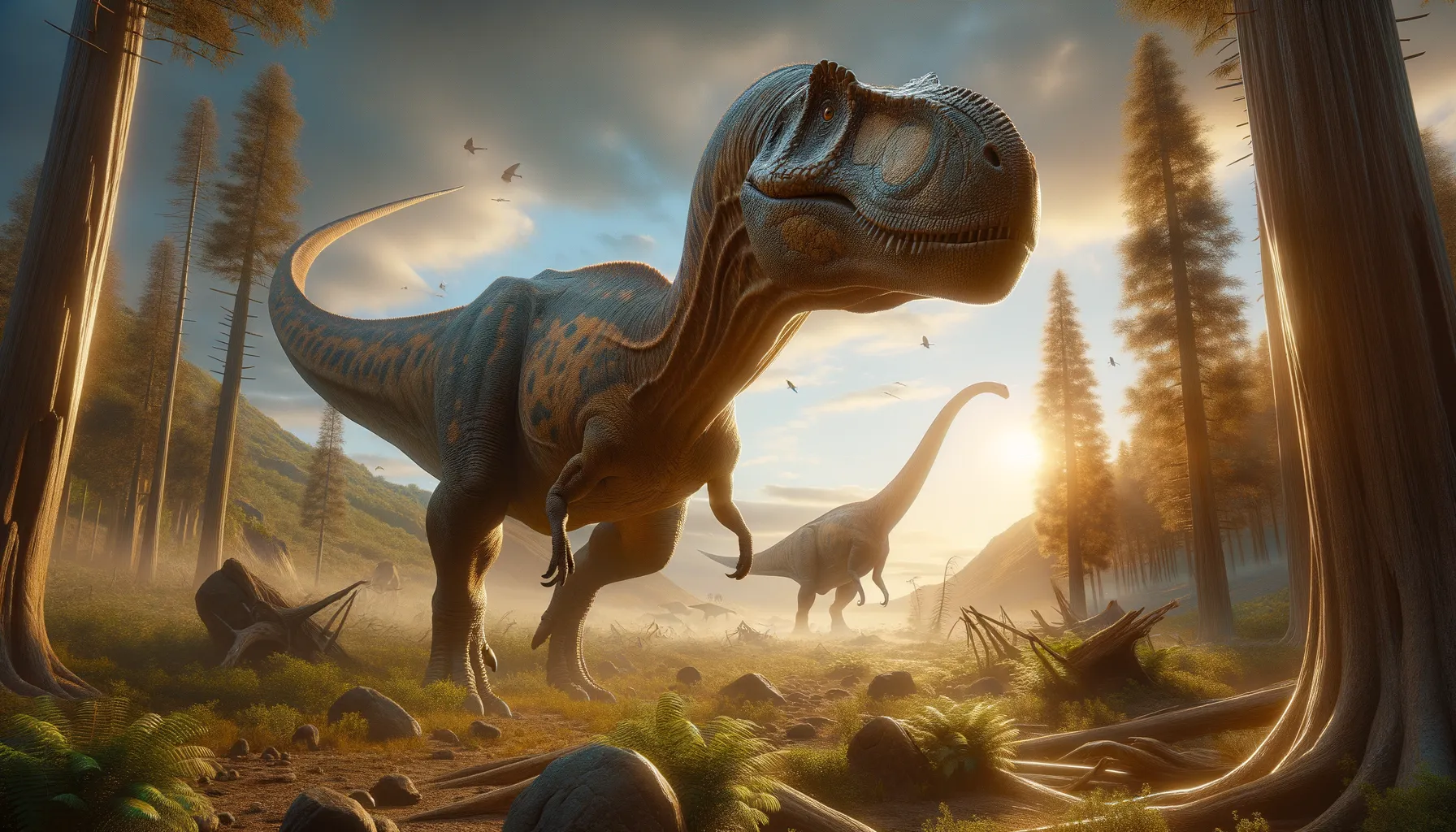
Haestasaurus
Titanic lumberer of ancient Earth.
Period
Cretaceous
Length
Approximately 15 meters long.
Height
Around 4.5 to 5 meters tall at the shoulder.
Weight
Estimated between 10 to 15 tons.
Haestasaurus was a large, herbivorous dinosaur known for its elongated neck and tail, common traits among sauropods. As a member of the titanosaur family, it roamed parts of what is now Europe during the Cretaceous period. Its fossils provide valuable insights into the diverse ecosystems of that era. Throughout its life, it likely faced various environmental changes and challenges, adapting to survive in a dynamic planet.
Diet
Haestasaurus was herbivorous, primarily feeding on a variety of plant material. It likely consumed foliage from tall trees, using its long neck to reach leaves at different heights.
Hunting
Haestasaurus did not engage in hunting, as it was strictly plant-eating. Instead, it may have used its size to intimidate rivals and protect access to feeding areas.
Environmental challenges
The Late Cretaceous was a time of dynamic environmental changes, including shifts in climate and sea levels. Haestasaurus needed to find sufficient food sources despite competition from other herbivores. Additionally, occasional volcanic activity could disrupt its habitat and force it to adapt or migrate to new areas.
Speed
Relatively slow-moving due to massive size.
Lifespan
Likely several decades, typical of large sauropods.
First discovery
Discovered in 1852 in East Sussex, England.
Fun Facts
- Haestasaurus was a type of dinosaur known as a sauropod, famous for its long neck and tail.
- This dinosaur lived during the Early Cretaceous period, which was over 130 million years ago.
- Haestasaurus fossils were first discovered in England, and its name means 'Haesta's lizard,' named after an ancient Sussex chieftain.
- It was relatively small compared to other sauropods, making it unique among its giant relatives.
- Haestasaurus had a specific hand bone that's quite rare, giving scientists new insights into sauropod evolution.
- The discovery of Haestasaurus helped paleontologists better understand the diversity of early sauropods in Europe.
- Despite being a plant-eater, its large size likely helped protect it from predators.
Growth and Development
Haestasaurus likely experienced rapid growth during its early years, reaching maturity several decades after birth. Like other sauropods, it would have continued to grow slowly throughout its life. This growth required gathering vast amounts of plant material to sustain its massive size.
Habitat
Haestasaurus inhabited regions that offered abundant vegetation, including forests and floodplains. These environments provided the necessary resources for survival and expansion. Its habitat choice also likely depended on the availability of water sources, which were crucial for maintaining its hydration.
Interaction with other species
As a massive herbivore, Haestasaurus would have shared its environment with smaller, faster-moving creatures. It may have competed with other sauropods for food but likely coexisted peacefully with smaller herbivores. Apex predators of the time might have posed a threat, particularly to younger or weaker individuals.
Natural lifespan
Haestasaurus likely lived for several decades, perhaps up to 70 years.
Reproduction
Haestasaurus is believed to have laid eggs, as is common among sauropods. Nesting sites would have been carefully chosen for optimal temperatures and safety from predators. Care for the young was minimal, with hatchlings being able to move independently shortly after birth.
Social behaviour
Haestasaurus may have lived in groups, offering protection and shared access to resources. Social behavior likely varied depending on age, size, and environmental factors. Herding instincts could have helped in migration across open landscapes in search of food.
Fossil locations
Fossils of Haestasaurus have primarily been discovered in the Wealden Supergroup of East Sussex, England. These specimens provide critical information about the diversity of European dinosaurs during the Early Cretaceous. The region's sedimentary layers preserve the complex ecosystem in which Haestasaurus lived.
